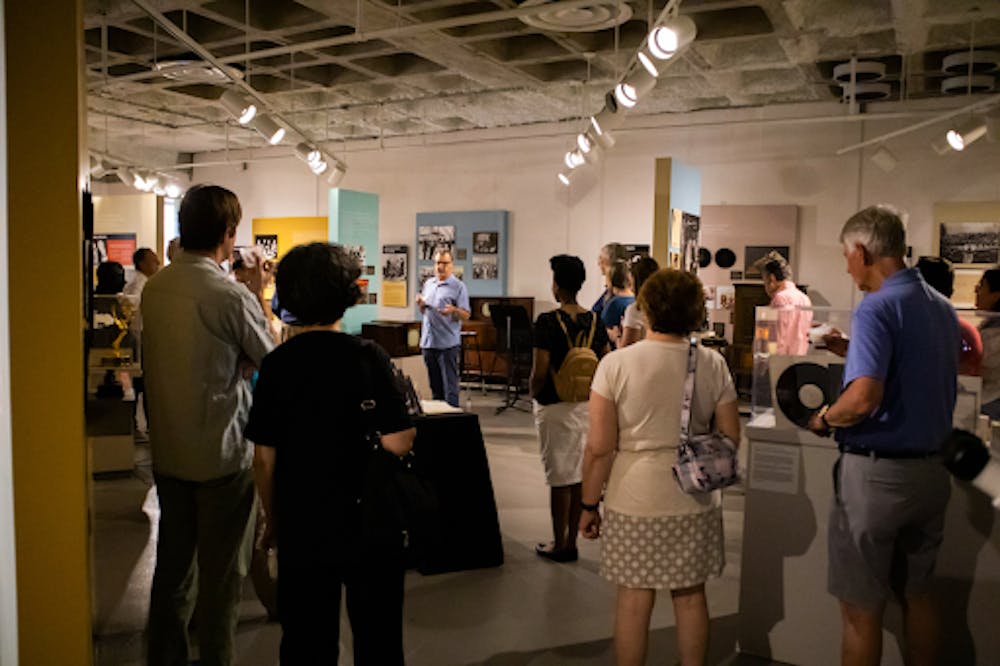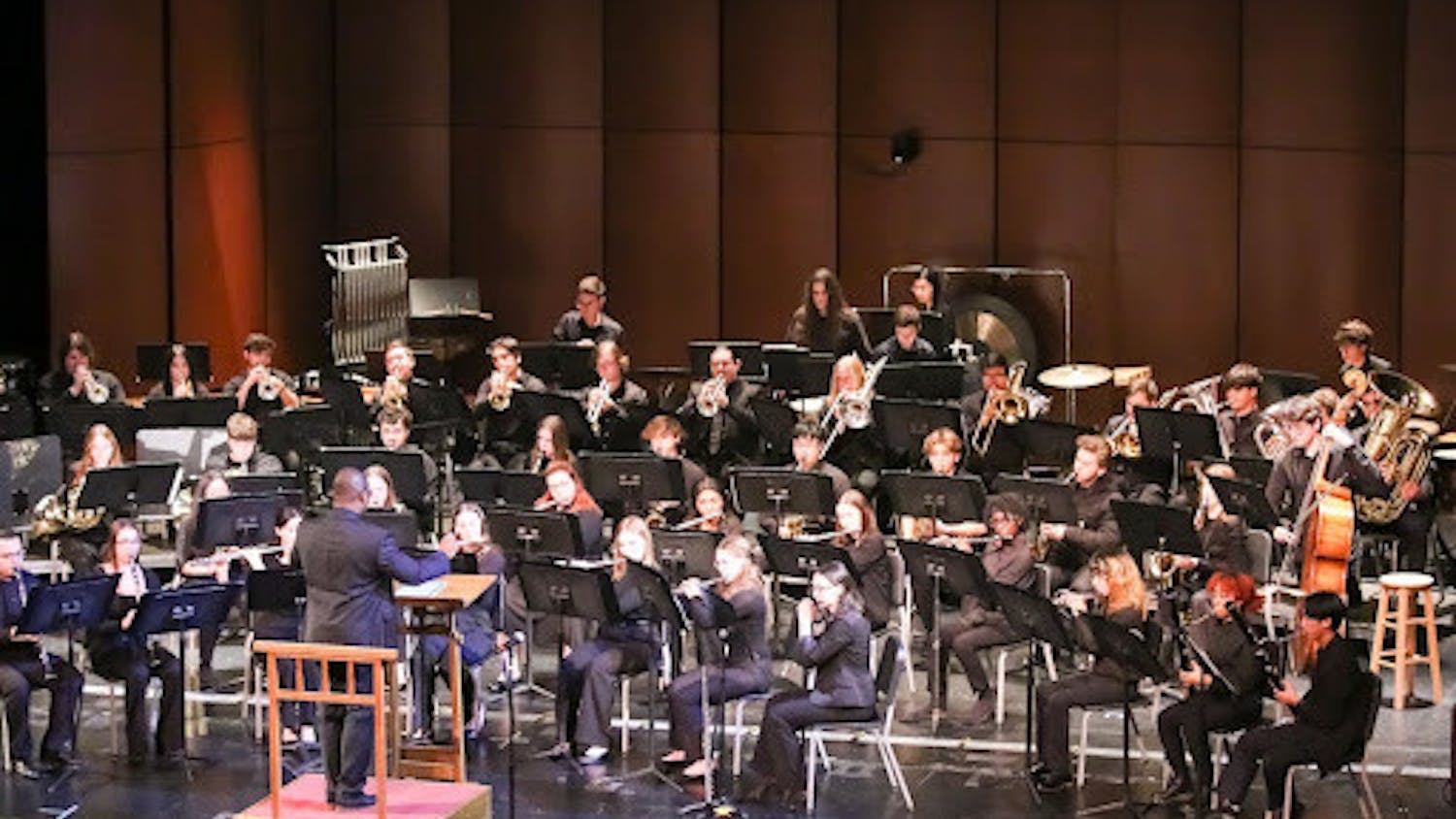By Liz Ciocher
Staff Writer
To remember 111 years since the sinking of the Titanic, Roscoe West’s Sarnoff Collection was open to the public on April 14 for real-time telegraphy demonstrations, live music and commentary from experts about the technology on the sinking ship.
Because of David Sarnoff’s involvement in the Titanic’s rescue efforts, this was a perfect place to put this demonstration underway. On a regular basis, the College’s Sarnoff Collection gallery showcases pieces from Sarnoff’s career as first general manager of the Radio Corporation of America. During this remembrance event, viewers got to see the regular display, as well as a focus on the radio technology on the Titanic.
“Sarnoff was the junior telegraph operator the night of the Titanic’s sinking,” said Sarnoff Collection Curator Brian Wallace. “The night of, or the morning after the sinking, he organized the telegraph staff and was working around the clock to coordinate rescue activities.”
Wallace and a team of volunteers arranged for a demonstration of the telegraph messages both sent and received by the Titanic. One of his volunteers, with a background in morse code, used an actual electric telegraph machine to recreate the morse code signals from the crowd, then translating what they meant.
“I learned a lot about telegraphy and how they have specific signals that represent sound cues,” said junior biology student Rachel Lea, who was in attendance. “He [the Sarnoff volunteer] was very informative and enthusiastic about telegraphy and that side of the Titanic’s story.”
Following the demonstration of the telegraphs, another group of volunteers, this time students at the College, came together to perform classical music from “White Star Song Book.” These were the songs that were played aboard the Titanic as it was sinking, according to Wallace.
“I’m so grateful you guys could be here. Thank you for taking your time and talent here to us,” said a cheerful Wallace.
Student workers and volunteers were involved in more than just the performance — there were refreshments and photographs being taken by other students as well. Upon entry, “iceberg smoothies” were being blended and served on a table set at an incline, very on theme for the Titanic discussion.
In the background, there was also a projector playing a video of the messages communicating with the Titanic — a scripted translation of the telegraphs.
“It was surprisingly powerful because we essentially got to hear the voices of the dead,” Lea said. “We got to feel them come alive in the room for a brief moment through the telegraphs and what they were trying to communicate.”
As such an infamous disaster, the Titanic is well known by many people and experts, which Wallace and his volunteers knew would help make the event a success.
“In all these cases of remembering the Titanic, there are people who are fans of different types of interpretations; there’s a lot of expertise about this event in history,” Wallace said. “It seemed that since Sarnoff has the connection [to the Titanic], it would be a good opportunity to get people to come to Sarnoff and learn more.”
Wallace said Sarnoff had never done this before.
“I’m just happy we finally could do it,” Wallace said as the event was wrapping up. “Honestly, we were thinking about doing this for the 100th anniversary or 110th, but with Covid, there were some difficulties. Then it was the 111th, and I thought, ‘111, this is perfect.’”







